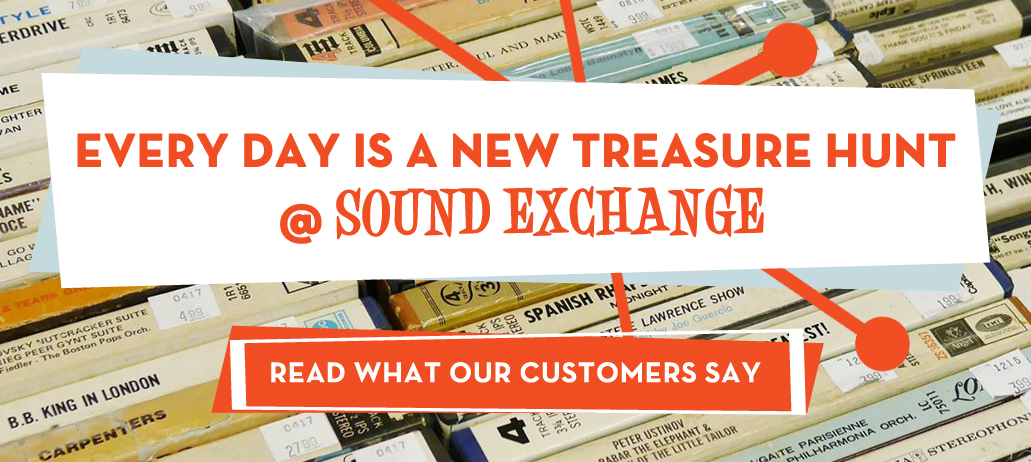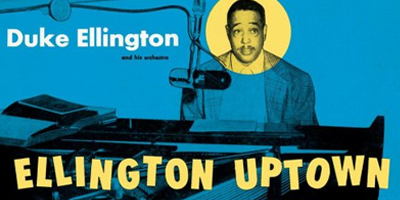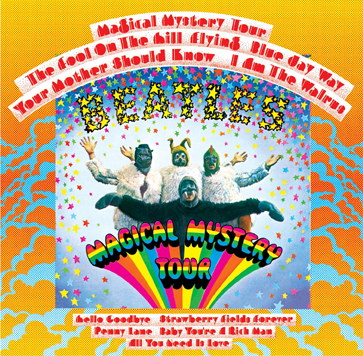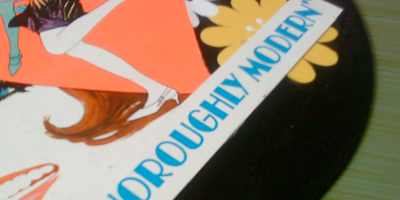Welcome to the Sound Exchange reference guide about vinyl records. On these pages we will explore any and all topics that are relevant to the enjoyment of vinyl records and specifically to the main goal of understanding and enhancing your own Classic Vinyl Listening Experience.
Topics will include the history of vinyl records, record care, record collecting, the equipment necessary for a proper listening experience, as well as what it requires of the listener to fully enjoy the Classic Vinyl Listening Experience.
 Sign Up For Our Newsletter
Sign Up For Our Newsletter






